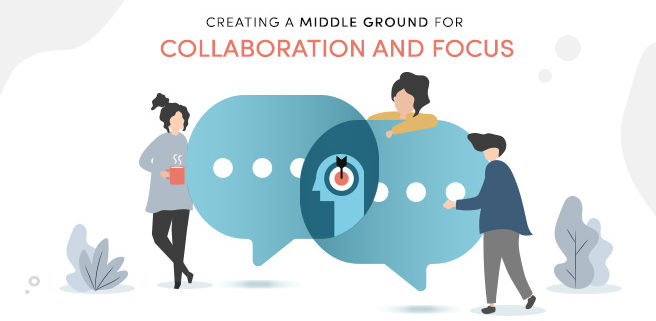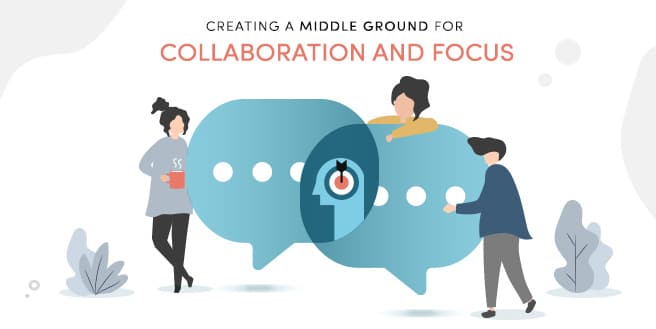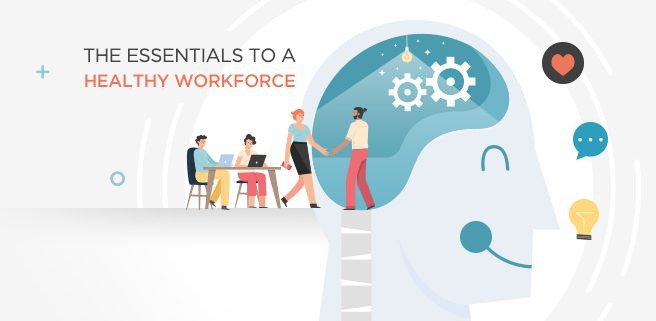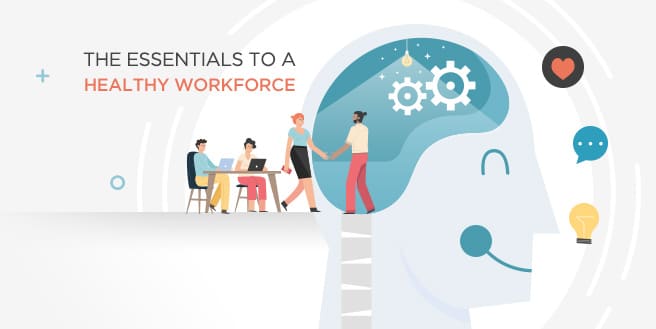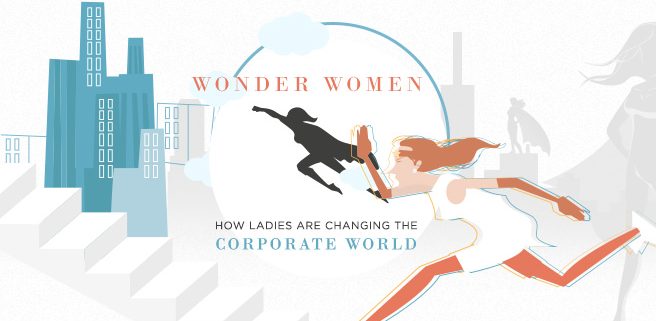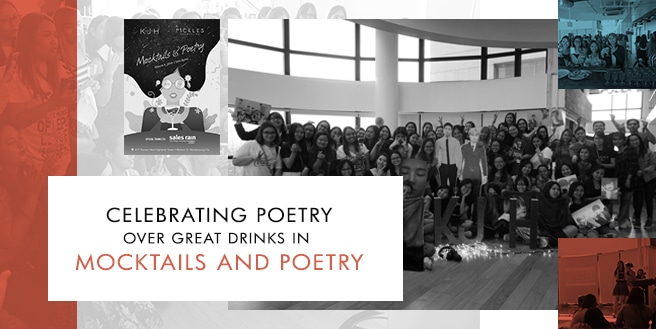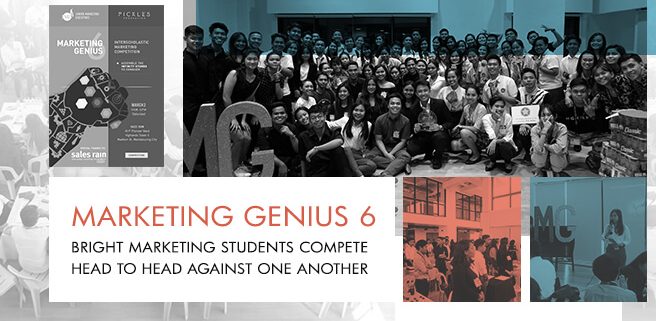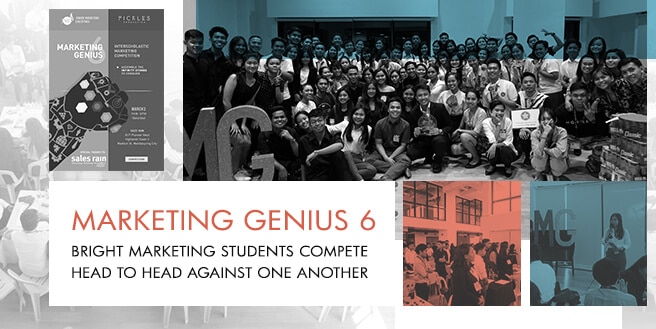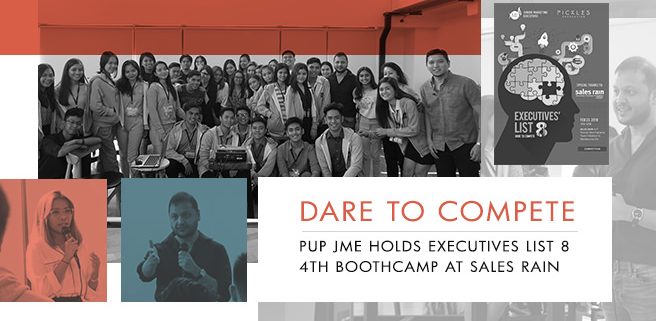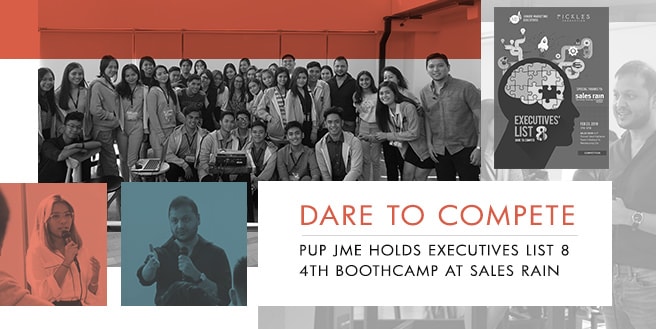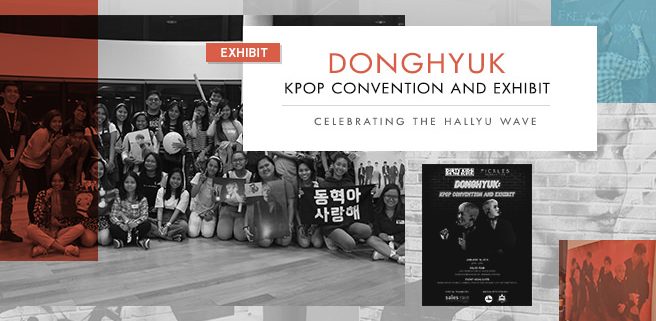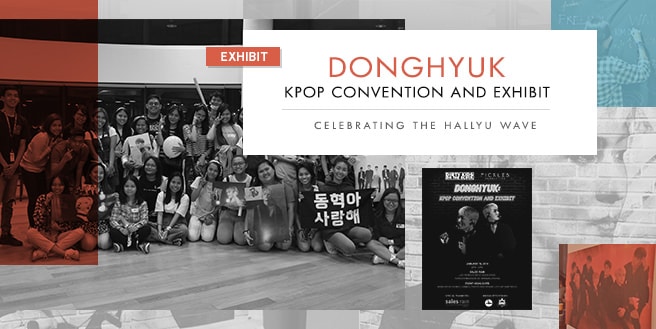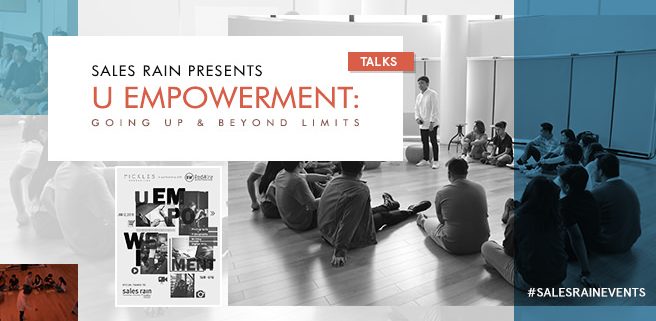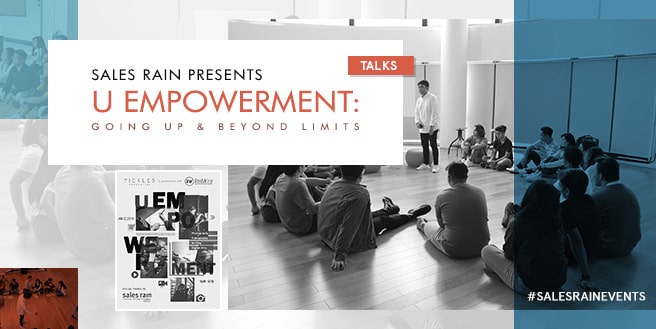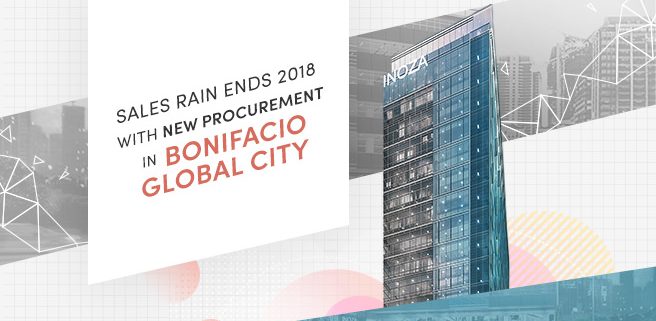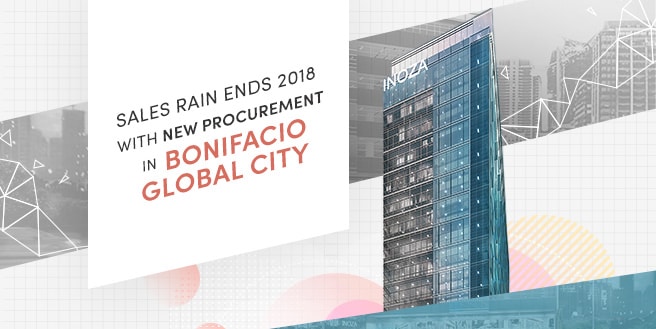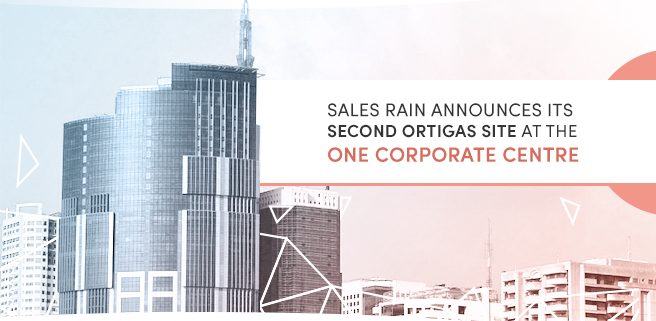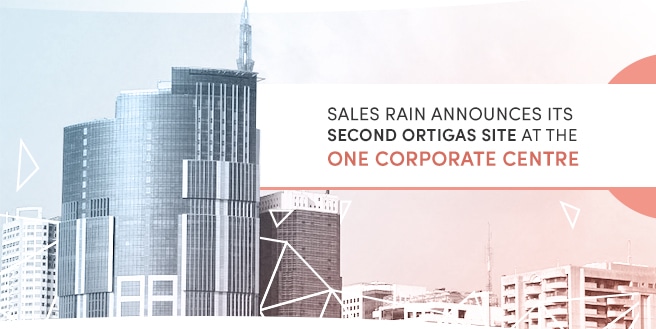Creating a Middle Ground for Collaboration and Focus
Today’s architects, interior designers, as well as engineers are fully engaged in a journey of discovering the different ways our run-down-the-mill offices increase our overall efficiency while promoting collaboration at the same time. Much to their surprise, they discovered a risk that was often swept under the rug by today’s large majority: distraction.
Architectural firm, Gensler, made headlines when its 2013 US Workplace Survey revealed the detrimental role of focus in effective performance. The aforementioned study showed that whenever we are distracted at work, our capacity to focus and collaborate is immediately undermined. As a result, this specific piece of information became the ammunition of critics going against the open plan setting. Only a handful of participants reported at least an hour of heads down, concentrated work during their shifts. Their headline finding led people to wonder how professionals can successfully execute individual focused work in an office that clearly prioritizes collaboration.
Understanding the Nature of Software Developers
Almost all industries carry complex work that requires a balance of focused individual activities and collaborative task but lead consultants of Genler decided to focus on software developers and engineers whose project require a lot of focus.
Developing software is an increasingly collaborative activity — self-organizing teams swiftly move through series of cycles. This fluid method of working splits tasks into small increments that would usually take one to four weeks with each one requiring a variation of periods of intense focus and intense collaboration. According to the interviews the team conducted within a global tech firm, it shows that about seventy percent of a developer’s time goes to individual work; some casual and uninterruptible by emails and instant messaging, while tasks like coding, testing, and debugging can only be interrupted at the expense of their productivity. At the same time, sit down conversations and brainstorming sessions are integral to a team’s progress.
The competition in today’s tech industry is fierce, with several companies prioritizing speed in marketing its services and products, and that pressure can easily inflame the problems open workspaces usually come with — it can be too loud and distracting for them. Despite of this, we don’t see it going away. The open plan setting is not going away any time soon and this is because of the mobility it offers as well as its cost efficient nature.
It became pretty obvious by then; people are doing more and more focused work but they feel ineffective at it. Solving it wouldn’t be as easy though, the organizational demand for collaboration hinders researchers from coming up with solutions as both work modes are attached by the hip. Their eureka moment came when they realized that in order for an office to be effective, it needs to serve both interests. It’s not just about the spaces anymore, how work happens matters as much as where work happens.
What Went Right and What Didn’t
The participants involved in the research were situated in a brand new “agile” workspace that carries a series of of open team areas with 15 workstations each. And according to the interviews and focus groups, developers and testers said that the setup fitted their team dynamics, culture, and individual work needs, perfectly. They were incredibly satisfied. It allowed them to sit together and interact with one another amidst focused work. Its size and proximity allowed both work modes to become productive.
Unfortunately, user experience designers weren’t as enthusiastic. Their tasks required them to collaborate with large numbers of teams yet they have the innate tendency to sit along side each other, resulting to distractions. Episodically conversing with developers and testers, it became a tenuous activity that gave them less autonomy on where and how they worked within the office. And in order to cope, they would often look for more effective acoustic spaces elsewhere.
Based on the input they have gathered, it suggests that people can perform well, even in interactive situations, if they have the liberty to utilize workspaces and processes that allowed them to balance both collaborative and focus activities in real time.
A Balancing Act: Collaboration and Focus
Gensler’s report entitled “My Work in a We World”, enumerated four strategies in order to perfect the balancing act: choice and control over surroundings, team discipline, united code of behavior, and decision-making autonomy. Each strategy should be tailored to the organisation, the team, and the project. Taking into consideration other factors aside from the setting, it integrates team dynamics, organisational culture, as well as work polices and practices. In order for your people to truly flourish, they must have enough control over both their space and situation.
Interested in performing the balancing act? Talk to us today and we’ll give you a helping hand. Sales Rain’s spaces are designed to improve both your team and individual performance by syncing collaboration and focus in one rhythm.

